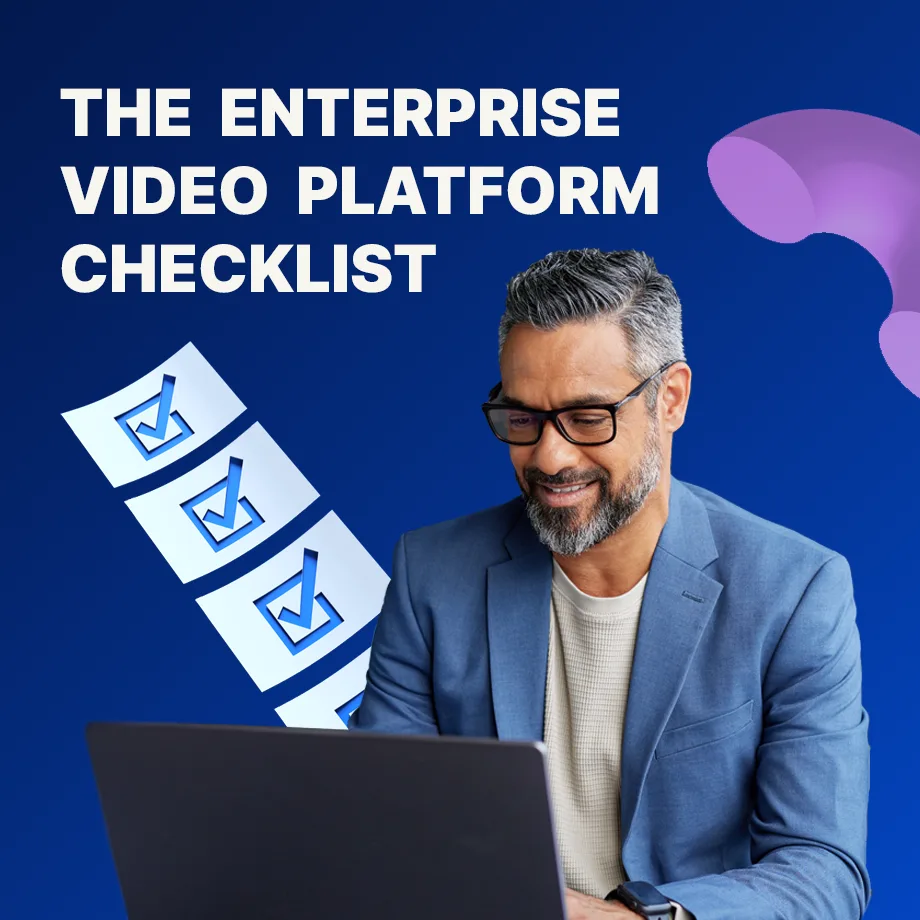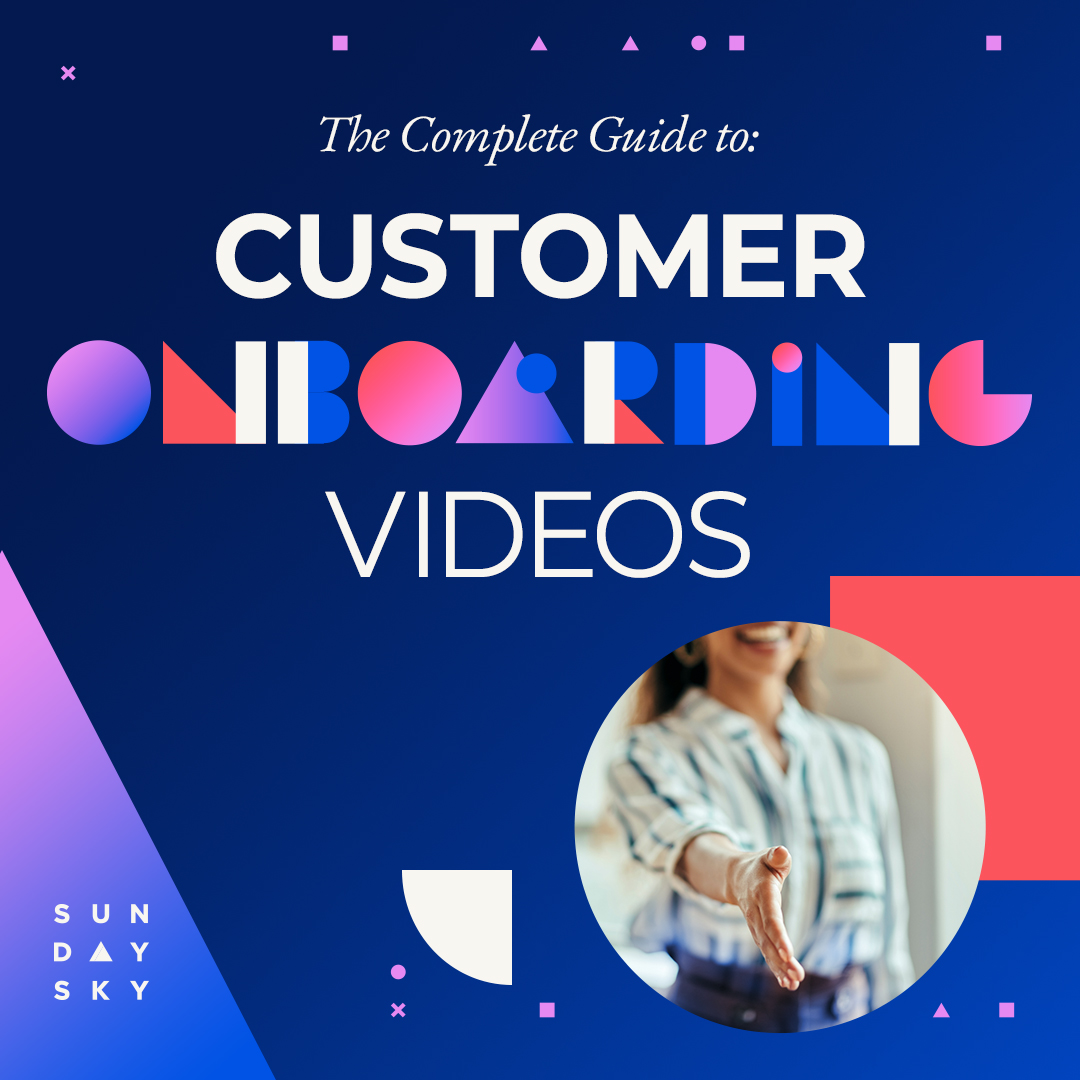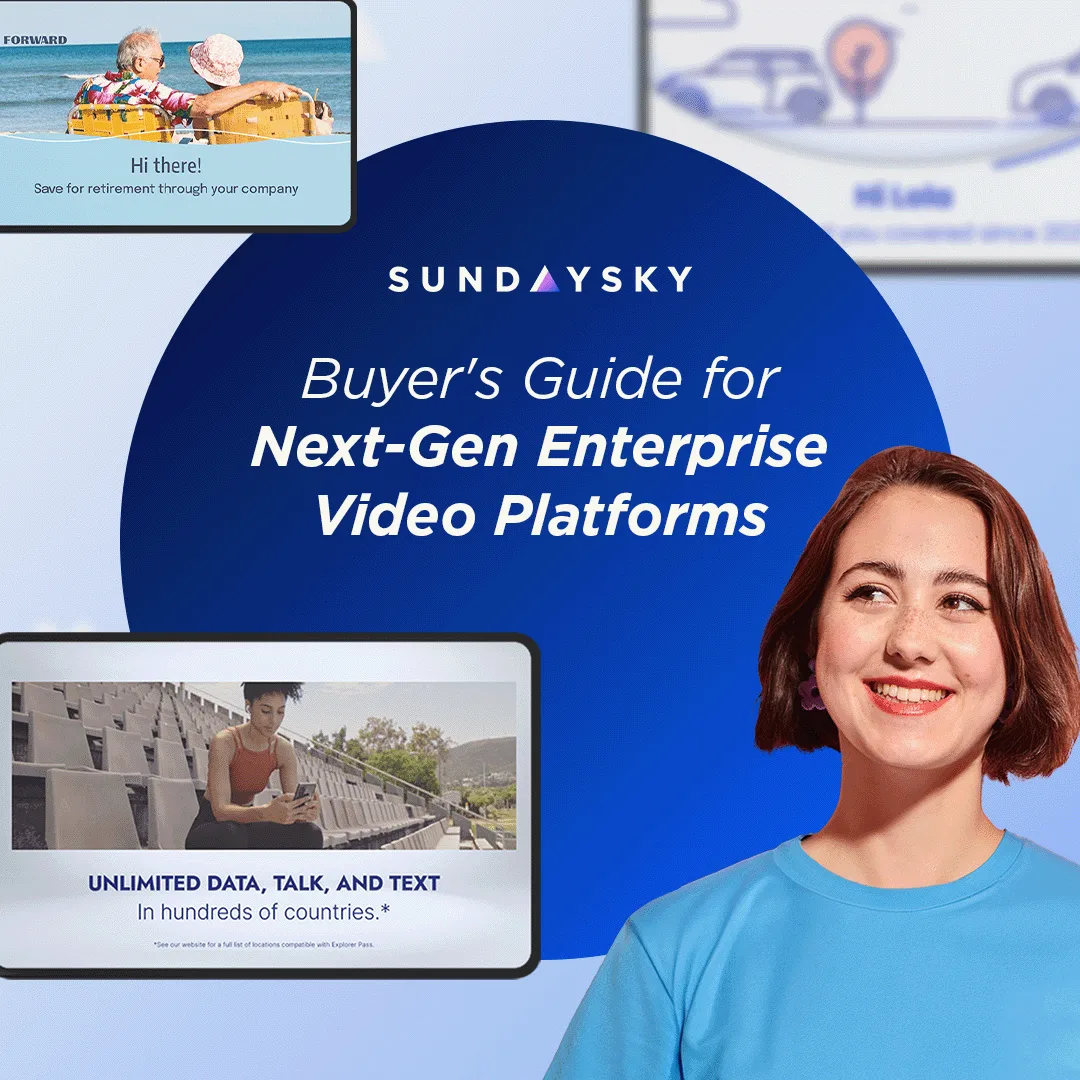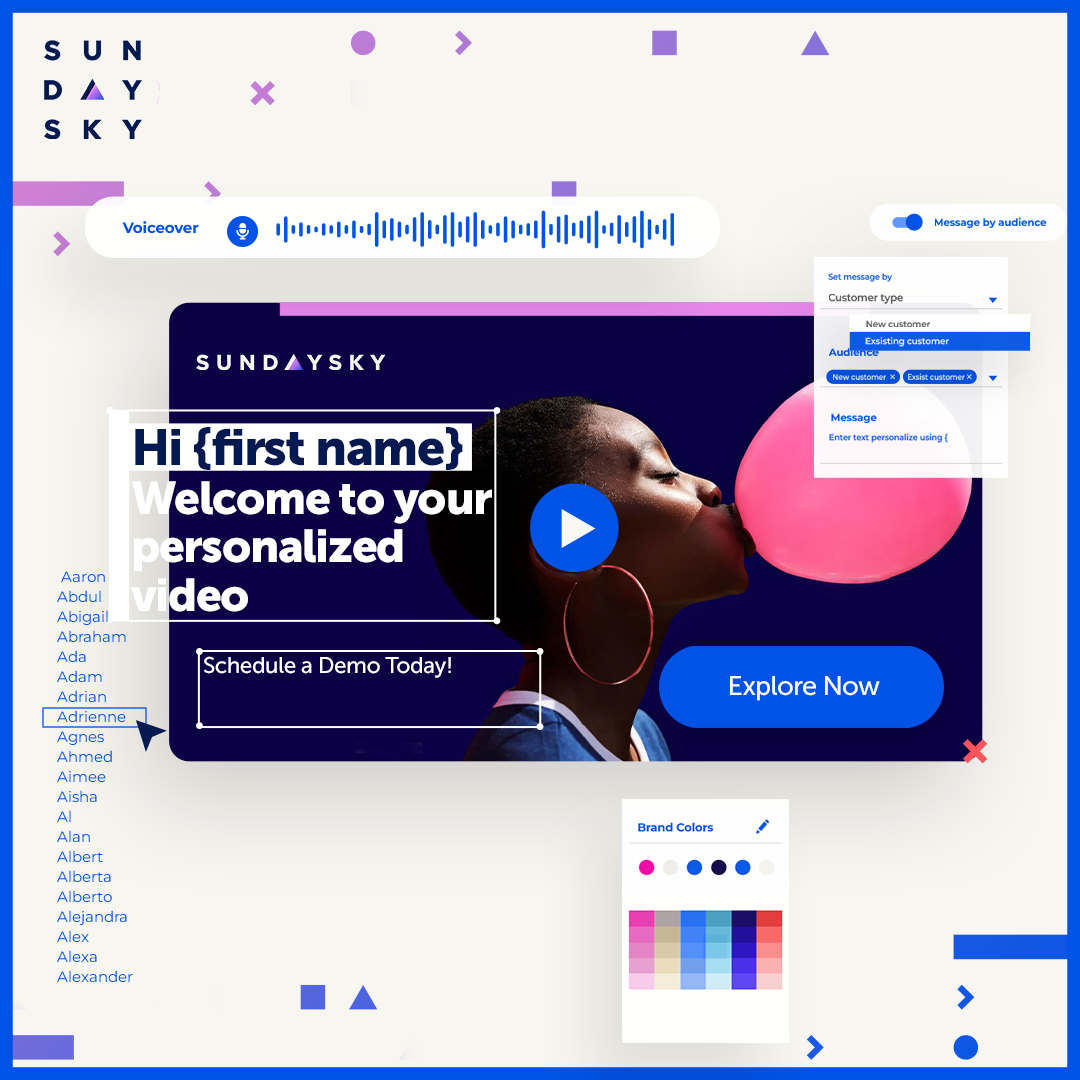Unlocking the Power of AI Video Analytics
If you’re already using video in your business strategy—and you should be—it’s time to take the next step: measuring impact. That’s where AI video analytics comes in.
This emerging technology helps you go beyond basic views and clicks by delivering deep, actionable insights about how audiences engage with your video content. It can tell you what holds attention, what drives action, and how to improve performance—automatically.
With 86% of businesses already using video as a marketing tool, and video content generating 12x more shares than text and images combined, it’s no longer enough to just “do video.” AI video analytics helps you do it better—smarter, more targeted, and with results you can prove.
Key Stats That Show the Impact of AI Video Analytics
Marketers using AI-driven video analytics report a 20–50% increase in engagement metrics
Personalized video content powered by analytics drives 3x more conversions than non-personalized video (SundaySky internal benchmark).
What Is AI Video Analytics?
It’s a tireless video analyst constantly dissecting your content. That’s essentially what AI video analytics software does. And it’s a good thing because it shows you strengths and weaknesses. Go beyond simple view counts and get into the heart of your video’s performance.
AI analyzes viewer engagement metrics like watch time, click-through rates, and drop-off points within the video. It can even decipher scene-by-scene performance, revealing which sections hold viewers captive and which ones make them leave.
But an AI video analytics system doesn’t stop there. It analyzes your audience demographics, giving you invaluable insights into who’s watching your videos and why. With all this data, AI video analytics prepares you to make data-driven decisions and build content strategies that connect directly with your audience.
Benefits of AI Video Analytics
By identifying areas for improvement and suggesting data-driven optimizations, AI video analytics software lets you allocate your resources more effectively, focusing your efforts on what matters – creating content that captivates your audience. Here’s what that means for your content strategy:
A. Build Winning Content from the Ground Up
No more guessing. AI helps you create winning content from the very beginning. Analyze vast amounts of video data (including your own and industry benchmarks) with AI to find the video lengths, content formats, and scene structures that your audiences like and want. AI can analyze your video library to identify which types of content (like product demos or customer testimonials) foster the most engagement to help you shape your next videos.
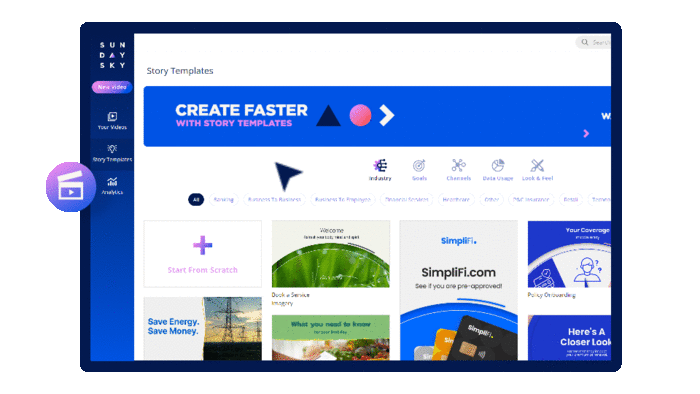
B. Get the Most Engagement
Let’s face it, every video has its lulls. But wouldn’t it be great to pinpoint exactly where viewers lose interest? AI video analytics helps you do just that. By analyzing engagement metrics throughout the video, AI can tell you which scenes have low viewership or high drop-off rates. Maybe a particular scene needs a more dynamic intro or requires clearer explanations. AI gives you the insight and your creativity makes the improvements.
Don’t forget A/B testing. AI can evaluate different video thumbnails or intros to see which ones capture your viewers’ attention better. AI analyzes user behavior data from these tests so you can improve any – or every – aspect of your video.
C. Tailor the Experience
Nowadays, personalization is king. Viewers delight in content that feels relevant and speaks directly to them. AI video analytics helps you deliver precisely that.
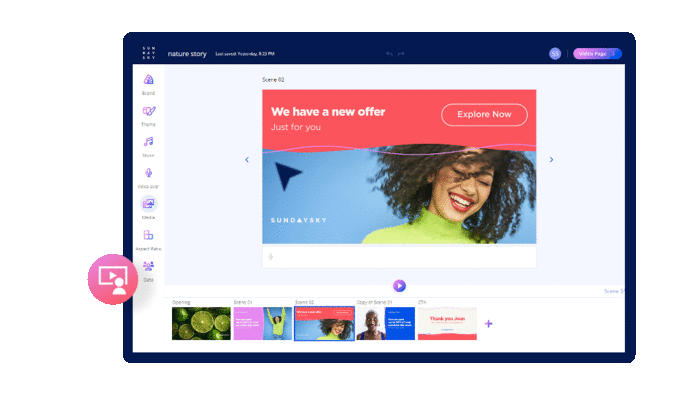
Ultimately, an AI video analytics system means measurable results. Expect better video completion rates, better audience targeting, and significantly better overall effectiveness of your video marketing.
How AI Video Analytics Works
AI video analytics tools use machine learning algorithms to analyze vast amounts of video data. These algorithms are trained on massive datasets of videos and viewer behavior to identify patterns and trends within your video content.
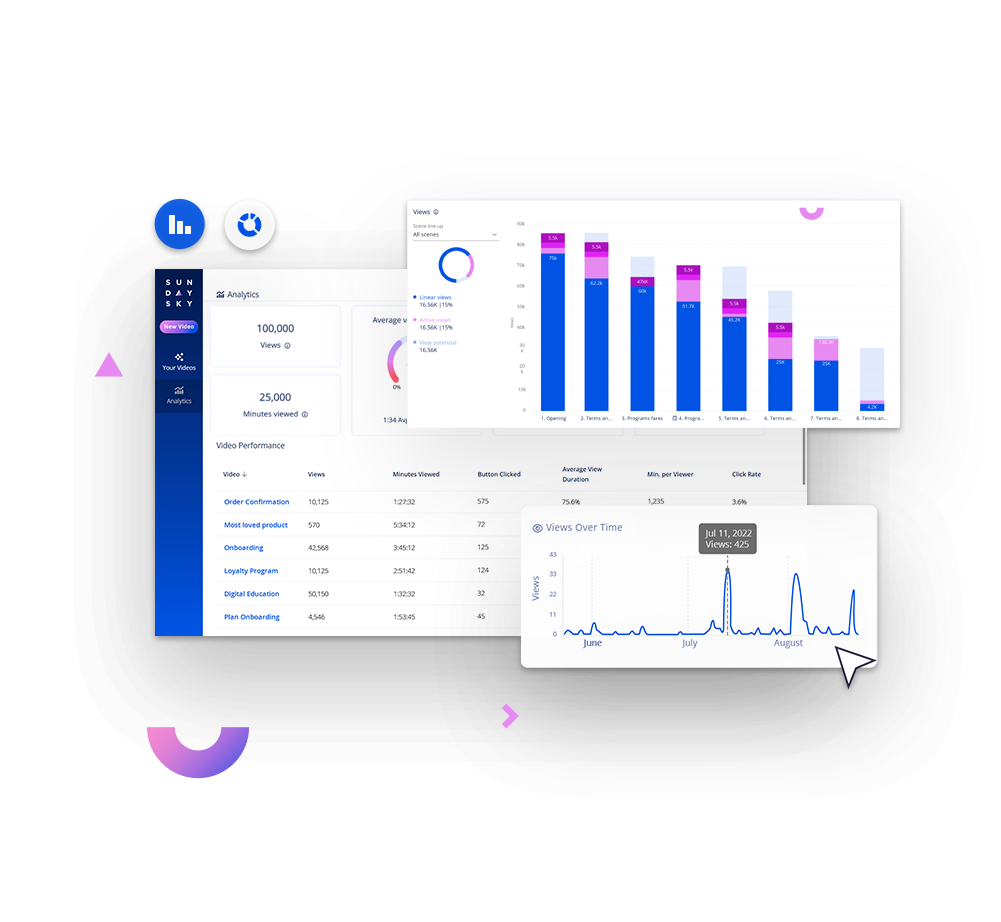
Like what? Like this:
- Engagement Metrics: Analyze watch time, click-through rates, and drop-off points throughout the video to find areas of low engagement.
- Scene-by-Scene Performance: Understand which scenes resonate with viewers and which ones lead to the dreaded drop-offs.
- Audience Demographics: Gain insights into who’s watching your videos, such as age, location, and interests.
This comprehensive analysis gives you actionable insights you’ll use to refine your video marketing strategy.
Examples of AI Video Analytics
1. What AI Video Analytics Could Reveal About Viewer Engagement
Imagine your company creates a 2-minute product explainer video to walk new users through key features. It looks great, the script is polished, and it’s embedded in your onboarding emails. But you’re not seeing the conversions you expected.
With AI video analytics, you could uncover insights like:
- A sharp viewer drop-off around the 45-second mark
- Specific segments that are being rewatched multiple times
- Differences in engagement based on viewer type or region
This data might show that your key value proposition comes too late in the video, or that users are confused about a particular feature. Based on those insights, you could restructure the content—bringing the most important info to the front, clarifying confusing parts, or personalizing the intro for different customer segments.
The result? Higher completion rates, more informed viewers, and better outcomes—like increased product adoption or conversions.
2. Using AI Video Analytics to Improve Internal Training Content
Let’s say your HR team rolls out a series of training videos for a new compliance policy. The videos are well-produced, but after a few weeks, you notice inconsistent completion rates and low quiz scores.
With AI video analytics, you could identify:
- Which modules have the highest drop-off rates
- Specific timecodes where viewers lose attention
- Whether employees are skipping ahead or rewatching certain sections
These insights might reveal that one video is too long or uses unclear language, causing confusion and disengagement. You might also find that certain teams or departments are less engaged than others, indicating the need for tailored content.
Armed with this data, your team could break longer videos into shorter modules, add interactive pauses, or segment training by role.
Outcome? A smoother, more effective training experience—plus higher completion rates, improved comprehension, and better compliance.
Implementing AI Video Analytics in Your Content Strategy
Okay, how do you actually do it? Simple. Using an AI video analytics system in your content strategy is pretty straightforward:
- Choose an AI Tool: Select a tool from one of the many AI video analytics companies that aligns with your specific needs and budget. Many options are available, so research and compare features.
- Analyze Existing Content: Gain valuable insights into audience preferences and identify areas for improvement by analyzing your existing video library.
- Inform New Content Creation: Use AI insights to guide decisions about video length, format, and scene structure when you create new content.
- Optimize for Engagement: Pinpoint and address sections with low viewership to make sure your videos attract the most engagement.
Need more specific guidance? We got you. Check out how SundaySky can help, here. [https://sundaysky.com/ai-video/ ] SundaySky’s Video Platform reporting lets you measure and analyze your viewer engagement performance and improve your video strategy. Out-of-the-box video analytics reports and easy-to-use customize surveys let you measure your audience’s engagement and your video’s impact on customer understanding and Net Promoter Score.
By integrating AI video analytics tools throughout your content creation process, you can develop data-driven video strategies that your audience will eat up while you achieve your marketing goals.
When you embrace AI video analytics, you unlock the full potential of your video marketing.
